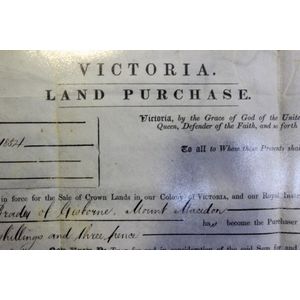George III Silver Pocket Watch by Robert Barnes of Liverpool
You must be a subscriber, and be logged in to view price and dealer details.
Subscribe Now to view actual auction price for this item
When you subscribe, you have the option of setting the currency in which to display prices to $Au, $US, $NZ or Stg.
- Pair Cased - A pair cased watch is one with a double case. The movement is encased, and for additional protection this is fitted into an outer case.
- George Iii - George III (1738 - 1820) was King of Great Britain and Ireland from 1760 to 1820.
- Movement - The technical name for the workings of a clock or watch, and does not include the dial or case.
- Verge Escapement - A verge escapement is an early mechanical escapement used in clocks and other timekeeping devices. It is an early form of the escapement mechanism, which is used to regulate the movement of the hands of a clock or watch. The verge escapement consists of a vertical shaft called the verge, which is mounted on the clock's main plate. Attached to the verge are two pallets, which engage with the teeth of the escape wheel. As the escape wheel turns, the pallets alternately lock and release it, allowing the movement of the clock to be regulated. The verge escapement was widely used in early mechanical clocks, but it was eventually replaced by the more accurate and reliable anchor escapement.
- Fusee - The fusee movement was used in clocks and pocket watches from the mid 17th century. The fusee is a cone shaped drum within the works that is linked to the barrel of the spring, usually by a length of chain.
As the mainspring loses its tension over time, the cone shaped barrel compensates for this by increasing the tension, by pulling the mainspring tighter, thus ensuring the time remains constant.
Use of the fusee in clocks was superseded by the "going barrel" in the mid 19th century and for pocket watches at the beginning of the 19th century.
The fusee continued to be used in marine chronometers until the 1970s. - Grotesque - Grotesque decoration is any fanciful ornament applied to furniture and decorative arts, and includes distorted faces, mythical animals such as satyrs and sphinxes and less frequently fantastical fruit and flower forms.
The Martin Brothers who set up their pottery at the end of the nineteenth century in Southall, Middlesex derived their fame from their hand made models of grotesque stoneware birds.
This item has been included into following indexes:
-
pocket watches, case type
- open face, silver case 553
- pair cased 156
- silver case 865
Visually similar items

Colonial Victorian Land Grant on vellum dated 1854 & signed by Governor Sir Charles Hotham. Hotham Played a Major Role in the Eureka Stockade Riots

Pair of fine portrait miniatures in sectioned ivory frames, each signed

A small George III silver mug by Walter Brind, London 1770, of tapering cylindrical form with C scroll handle, engraved with three arrow crest, 182 grams, 8 cm high

A fine quality cut crystal punch bowl with cover, ten glasses and a ladle French circa 1950, The punch bowl 30 cm high, 21 cm diameter
